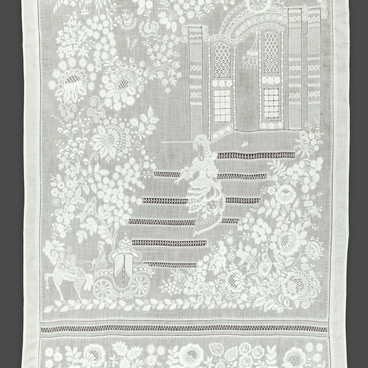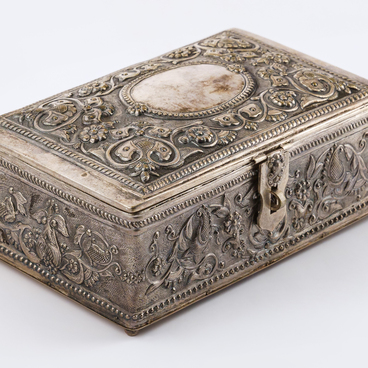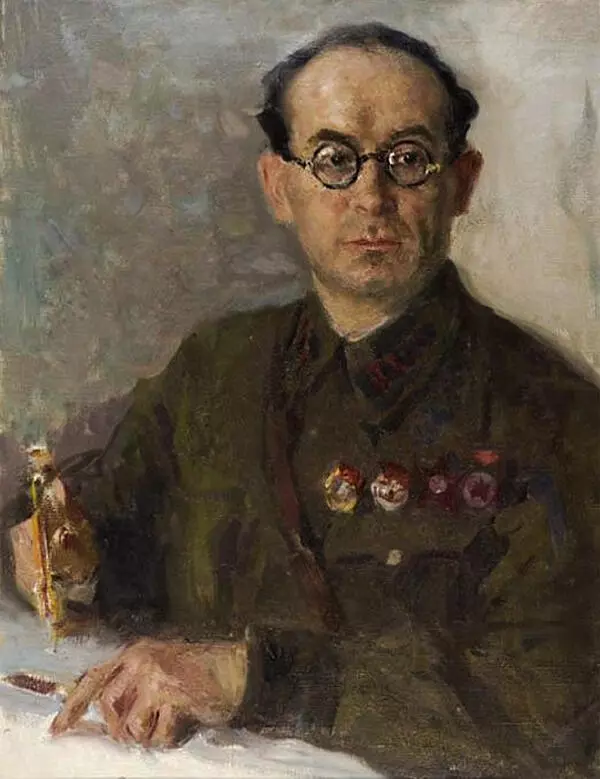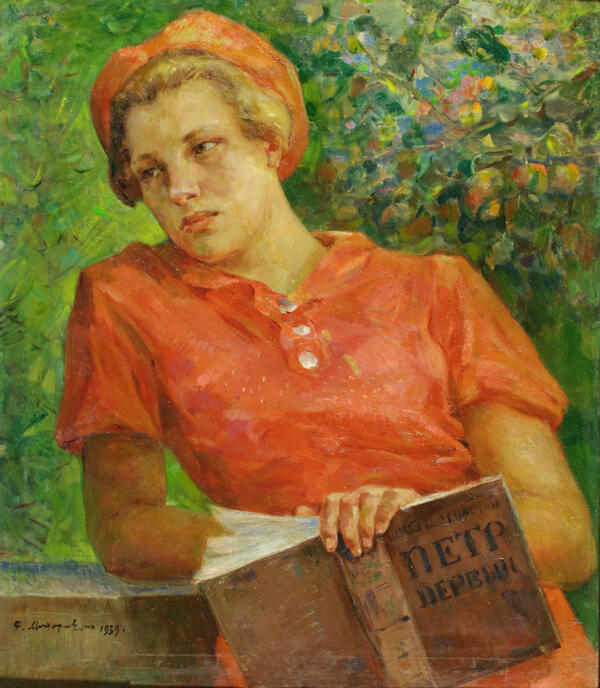Fyodor Alexandrovich Modorov was an outstanding painter, a staunch supporter of Socialist Realism and a public figure. He made an invaluable contribution to the establishment of professional art education in Mstyora and the preservation of traditional arts and crafts.
The artist was born in 1890 in Mstyora, famous for its ancient iconographic traditions. His father was engaged in the manufacture of icon covers made of copper foil, and his mother was an embroiderer. Like many local artists, he began his career at the Mstyora Icon Painting School. Fyodor Modorov then attended the Kazan Art School and graduated from the St. Petersburg Academy of Arts with honors.
In 1918, Modorov became one of the organizers of the State Workshops of Art and Design, which laid the foundation for an art institute, later named after the artist. From 1923, Modorov lived and worked in Moscow, but he never lost touch with his native land. He often came to Mstyora, was keenly interested in the events taking place there, met with members of the artel of lacquer miniature painting “Proletarian Art”, and painted portraits of local artists.
In his work, the artist sought to reflect the multifaceted life of the country. His main characters were writers, artists, partisans, workers and collective farmers. A special place in Fyodor Modorov’s oeuvre is occupied by works about his native village: landscapes of Mstyora and its surroundings, portraits of Mstyora artists and cultural figures.
The Mstyora Art Museum displays the painting “Panorama of Mstyora”, painted by the artist in 1935. The canvas offers a view of the center of Mstyora and the surrounding area from the balcony of the building which once housed the icon painting school. In the foreground in the center, one can see stone buildings — a cattle yard and a stable. A little further back there is a school garden and a two-story school No. 11.
A horse harnessed to a cart walks slowly on the
dusty road to the left. The background shows the center of the village with the
building of the former almshouse, the Church of the Icon of the Vladimir Mother
of God, wooden warehouses at the local market, the bell tower and the Epiphany
Church. In the distance there are water meadows and the Tyunba and Klyazma
rivers. On the horizon there is a dense forest.






